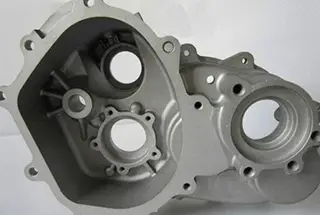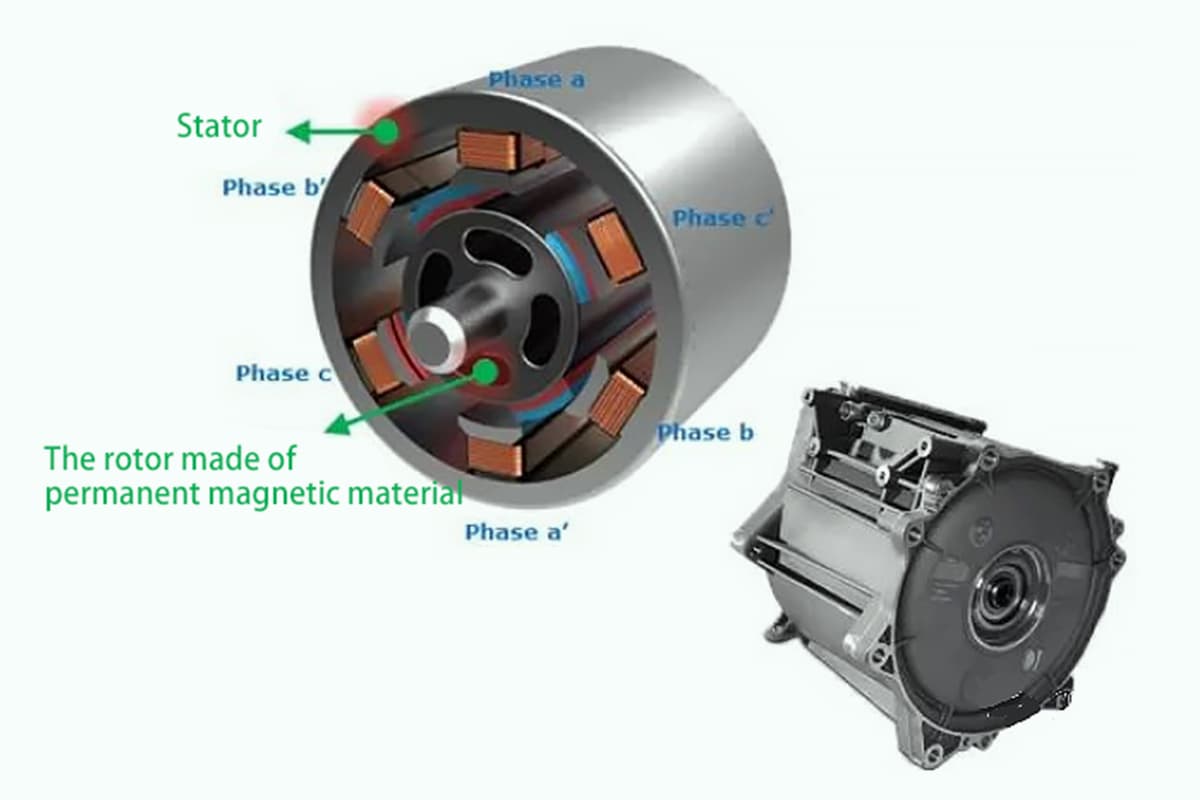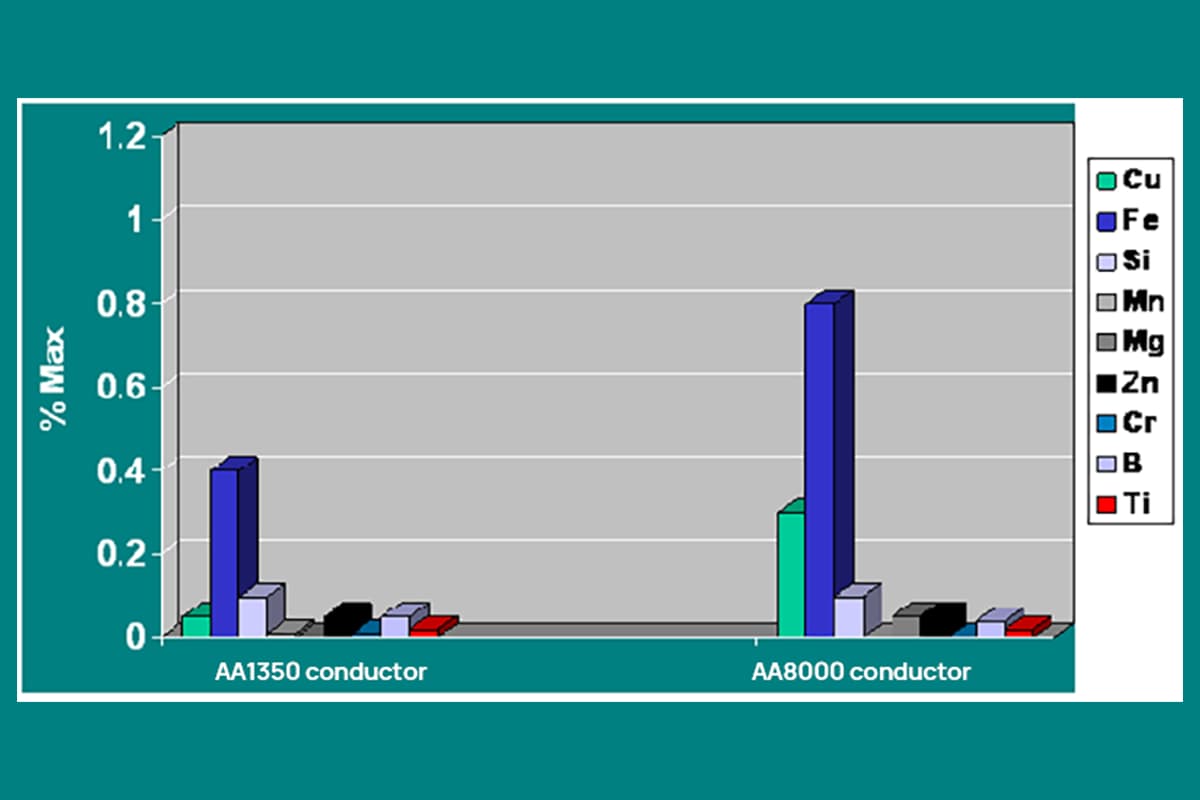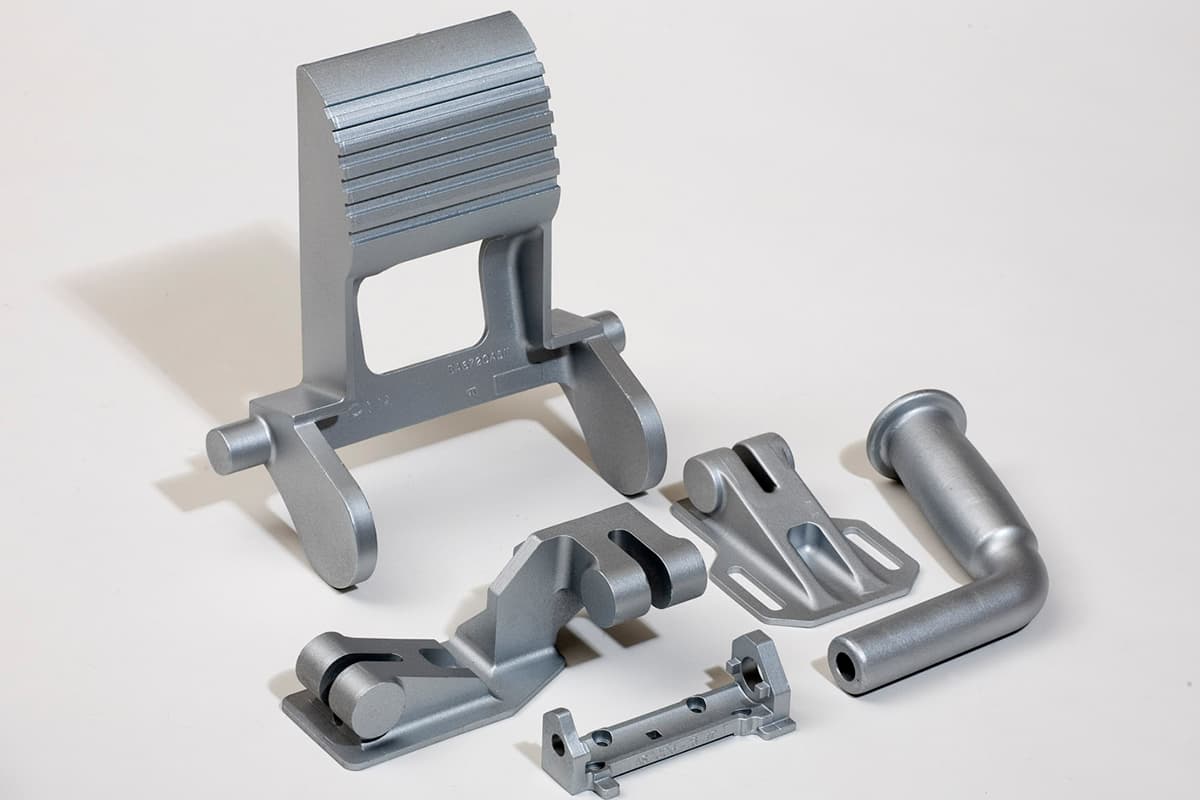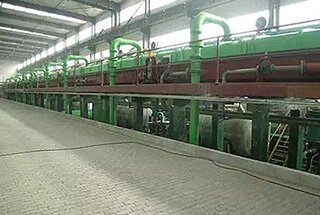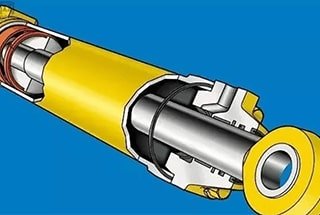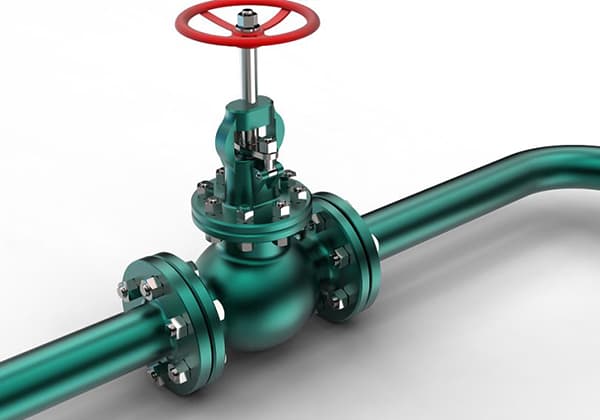
Have you ever wondered which cable is better: copper or aluminum? This article dives into a detailed comparison of copper and aluminum cables, highlighting their advantages and disadvantages. From resistivity and ductility to cost and corrosion resistance, you’ll learn how each type performs in different scenarios. By the end, you’ll understand which cable suits your needs, whether for long-term durability or cost-effective solutions. Discover the key factors that influence the choice between these two essential materials in the world of electrical engineering.
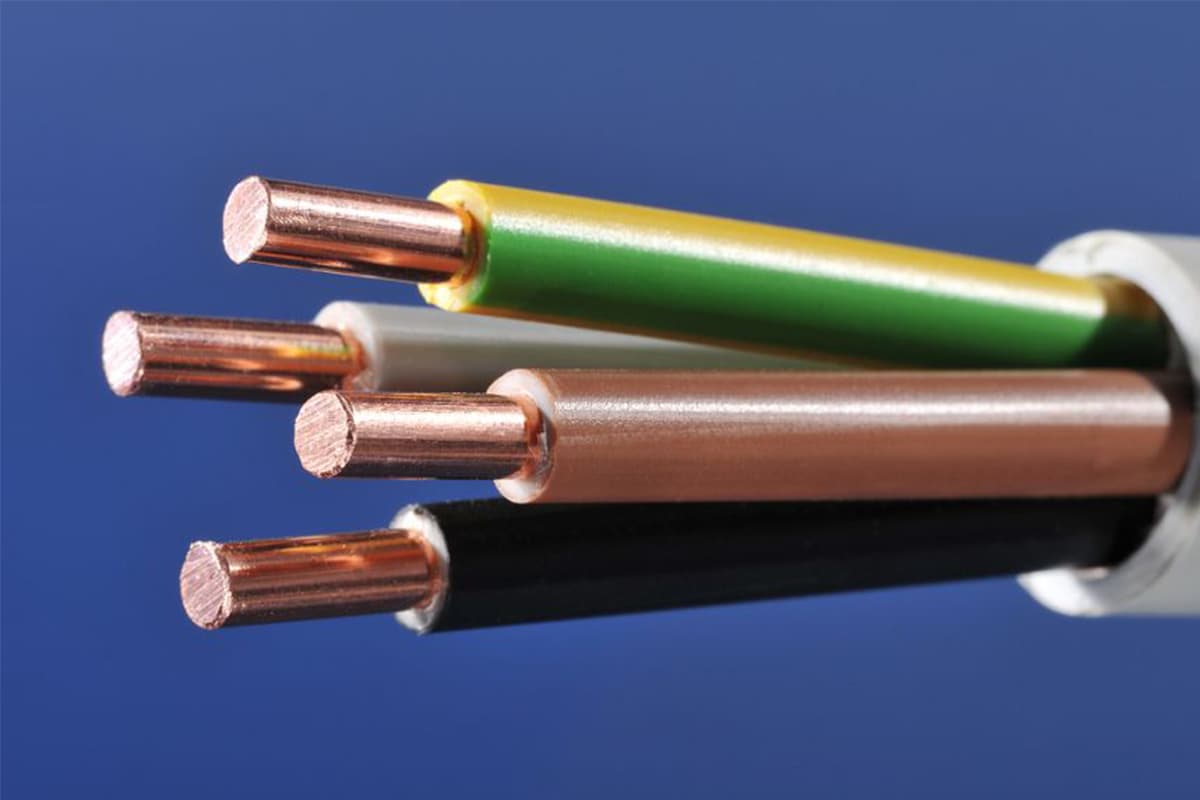
The resistivity of aluminum core cables is about 1.68 times higher than that of copper core cables.
The elongation rate of copper alloys is 20-40%, the elongation rate of electrical copper is over 30%, while that of aluminum alloys is only 18%.
The allowable stress at room temperature for copper is 7-28% higher than that for aluminum. Especially at high temperatures, the difference in stress between the two is even more significant.
Aluminum material is prone to fracture after repeated bending, while copper is not. In terms of elasticity index, copper is also about 1.7-1.8 times higher than aluminum.
Copper core is resistant to oxidation and corrosion, while aluminum core is susceptible to oxidation and corrosion.
Due to the low resistivity, the allowable current carrying capacity (the maximum current that can pass through) of copper core cables with the same cross-section is about 30% higher than that of aluminum core cables.
Due to the low resistivity of copper core cables, they have a smaller voltage drop when the same current passes through the same cross-section.
Therefore, for the same transmission distance, it can ensure higher voltage quality; or in other words, under permissible voltage drop conditions, copper core cables can transmit power over longer distances, i.e., they have a larger supply coverage area, which is beneficial for the planning of temporary power supply networks and reduces the number of supply points needed.
Under the same current, the heat generated by copper core cables of the same cross-section is much less than that of aluminum core cables, making operation safer.
Since copper has a low resistivity, compared to aluminum cables, copper cables have lower electrical energy loss, which is obvious. This is beneficial for improving power generation efficiency and protecting the environment.
The connections of copper core cables are stable and do not cause accidents due to oxidation. The joints of aluminum core cables are often unstable and may cause accidents due to increased contact resistance and heating from oxidation. Therefore, the accident rate is much higher than that of copper core cables.
The price of copper rod is 3.5 times that of aluminum rod, and the specific gravity of copper is 3.3 times that of aluminum, so aluminum core cables are much cheaper than copper core cables, suitable for low-capital projects or temporary power supply.
The weight of aluminum core cables is 40% of that of copper core cables, resulting in lower construction and transportation costs.
Aluminum reacts quickly with oxygen in the air to form an oxide film, which prevents further oxidation, making aluminum conductors the material of choice for high voltage, large cross-section, long-span overhead transmission.
Copper wire has lower resistance. Aluminum wire has higher resistance than copper wire, but it dissipates heat faster than copper wire.
Although aluminum core cables are very cheap, copper cables have outstanding advantages in cable power supply, especially in the field of underground cable power supply.
The use of copper core cables for underground power supply has characteristics such as low accident rate, corrosion resistance, high reliability, and convenient construction and maintenance. This is also the reason why copper cables are mainly used in underground cable power supply in China.
Cables and wires can be copper core or aluminum core, but copper core cables or wires should be used for civil buildings. Copper core cables or wires should be used in the following places:
(1) Flammable and explosive places;
(2) Important public buildings and residential buildings;
(3) Particularly damp places and places corrosive to aluminum;
(4) Places with a high concentration of people;
(5) Important data rooms, computer rooms, and important storerooms;
(6) Mobile equipment or places with severe vibration;
(7) Other places with special regulations.
Control cables should use copper conductors. Power cables used in the following situations should use copper conductors:
(1) Circuits that need to maintain high reliability of connection, such as motor excitation, important power sources, mobile electrical equipment, etc.;
(2) Harsh working environments with severe vibration, explosion hazards, or corrosive agents;
(3) Fire-resistant cables;
(4) Arranged close to high-temperature equipment;
(5) Public facilities with high safety requirements;
(6) When a larger working current is required, the number of cables needs to be increased.
Except for products that are limited to having only copper conductors and where copper conductors are determined to be used, the cable conductor material can be either copper or aluminum.
A 25m 2 copper cable, when laid overhead, is allowed a current of 120A with a capacity of 67KW, and when directly buried, it is 110A, 61KW. A 35m 2 copper cable is allowed a current of 147A, 82KW and a current of 130A, 75KW. A 35m 2 aluminum wire, if reduced by 30%, is allowed a current of 103A, 57KW; and a current of 91A, 53KW.
Not as good as a 25m 2 copper cable (the capacity is based on three-phase 380V, Cosφ=0.85; if single-phase 220V, Cosφ=0.85, the capacity should be multiplied by 1/3); copper conductors have better thermal stability compared to aluminum conductors, and the rated current is also one level higher, meaning that a 10 square millimeter copper conductor is equivalent to a 16 square millimeter aluminum conductor. Copper also has better corrosion resistance, tensile strength, and oxidation resistance than aluminum.
The “Electrical Equipment Installation Engineering Busbar Device Construction and Acceptance Specification” clearly stipulates: When busbars overlap with busbars, busbars with branch lines, and busbars with electrical terminal connections, the treatment of the overlapping surface should meet the following requirements:
Outdoors, in high temperature and humid conditions, or indoors with corrosive gases to the busbar, tinning must be applied; in dry indoors, direct connection is possible.
Direct connection.
Indoors and dry, the copper conductor should be tinned. Outdoors or indoors where the relative humidity of the air is close to 100%, a copper-aluminum transition plate should be used, and the copper end should be tinned. Correspondingly, when connecting copper cables to aluminum cables, copper-aluminum connectors can be used, and when connecting copper cables to aluminum wires, copper-aluminum terminals can be used, with the copper end tinned, etc.
When determining the specifications for the use of wires and cables (conductor cross-section), one should generally consider selection conditions such as heating, voltage loss, economic current density, and mechanical strength.
Based on experience, for low-voltage power lines with larger load currents, the cross-section is generally selected first based on heating conditions, and then the voltage loss and mechanical strength are checked; for low-voltage lighting lines, which have higher voltage level requirements, the cross-section may be selected first based on allowable voltage loss conditions, and then the heating conditions and mechanical strength are checked.
Although aluminum core cables are cheaper, copper cables have outstanding advantages in the field of cable power supply, especially in underground cable power supply. The use of copper core cables for underground power supply has characteristics such as low accident rate, corrosion resistance, high reliability, and convenient construction and maintenance.

